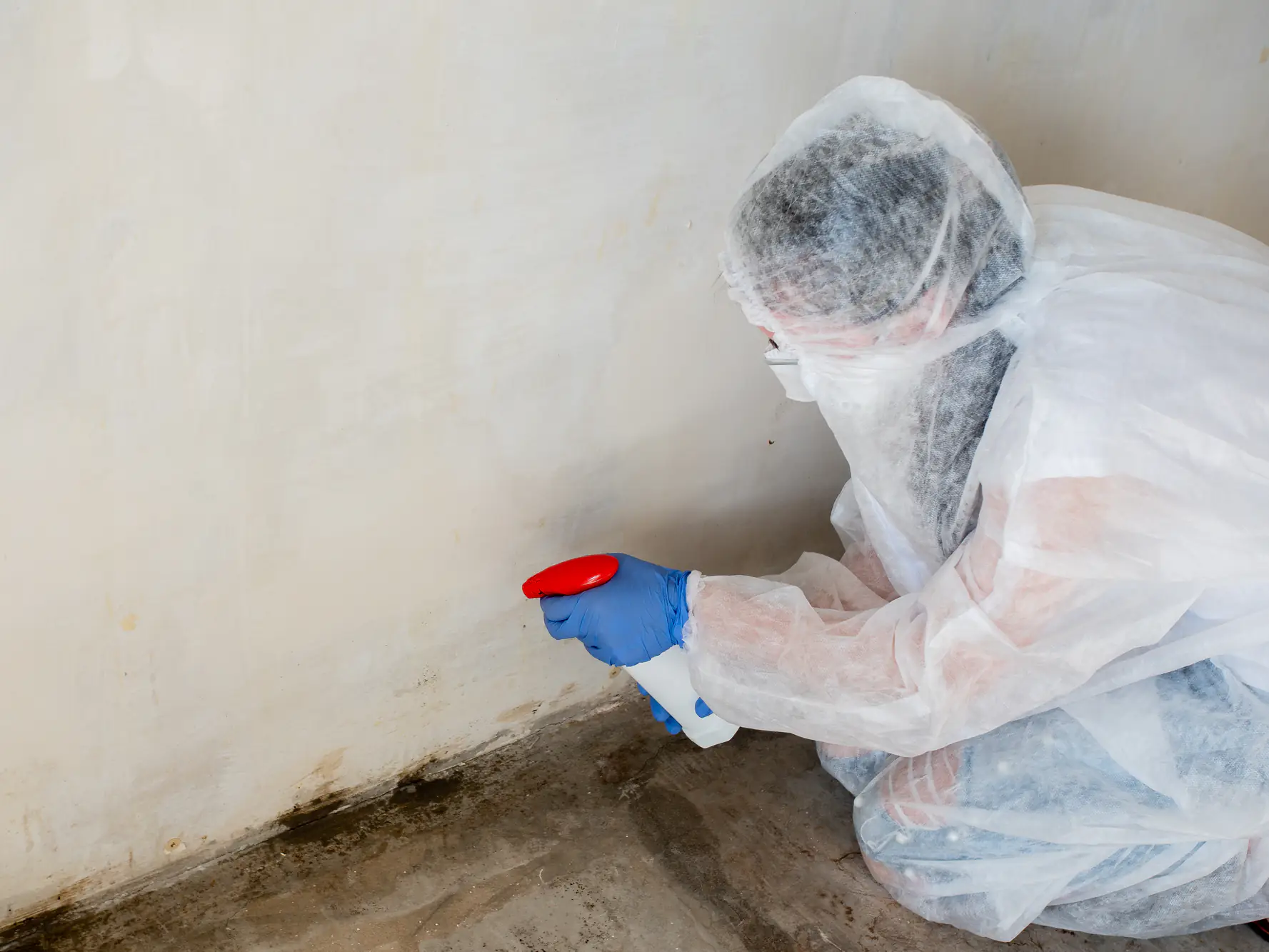
Hear from Our Customers
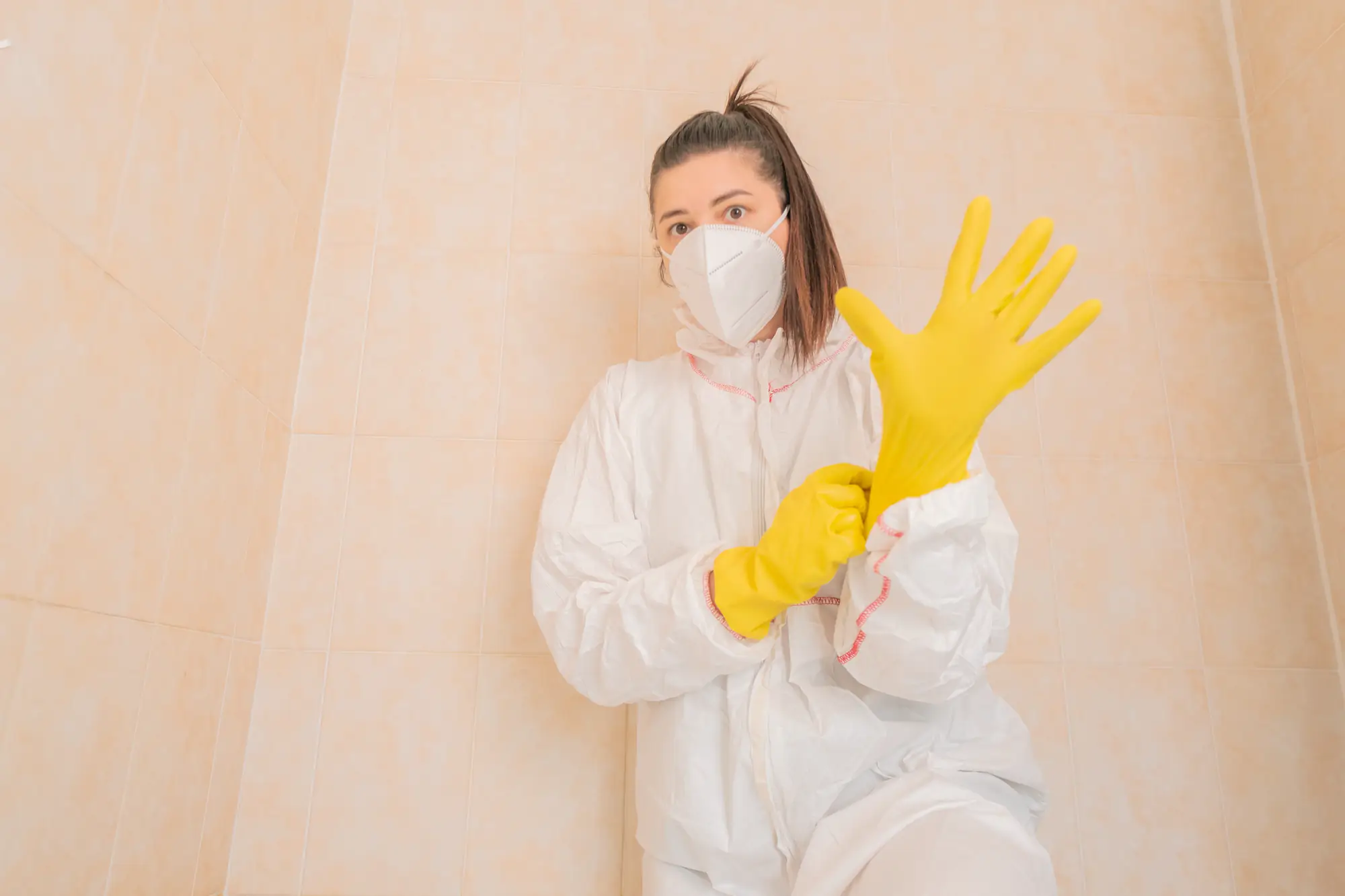
You shouldn’t have to worry about the air your family breathes. After our mold removal process, you’ll walk into rooms without that musty smell hitting you. Your allergies will calm down. Those headaches and respiratory issues that seemed to get worse at home will start to fade.
We don’t just clean what you can see. Our thorough approach finds mold hiding behind walls, in crawl spaces, and in areas you’d never think to check. When we’re finished, you’ll have documentation showing your air quality is back to safe levels.
Your home will feel like home again—not a place you’re constantly worried about.
We’ve been protecting Gallows Hill families from mold for years. We understand how Bucks County’s humid summers and damp winters create perfect conditions for mold growth in basements, attics, and behind walls.
Our certified technicians use EPA-approved methods and follow all Pennsylvania regulations. We’re not a franchise or call center—we’re local professionals who live and work in this community.
We’ve seen every type of mold problem these older Bucks County homes can develop, from leaky basements to hidden moisture issues. That experience means we catch problems other companies miss and fix them right the first time.
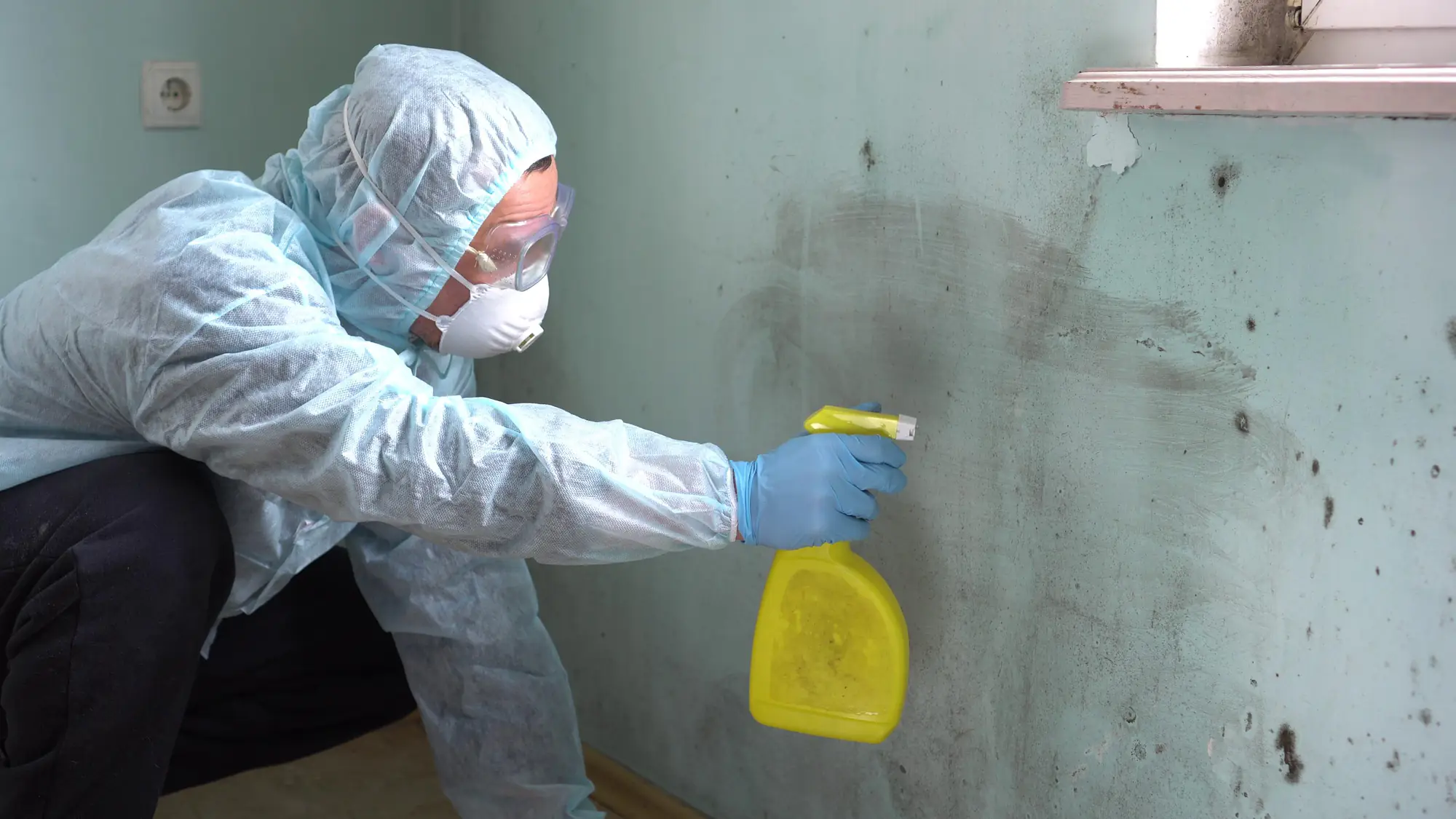
First, we come out for a free inspection. We don’t just look at the obvious spots—we check behind walls, in crawl spaces, around HVAC systems, and anywhere moisture could be hiding. We test the air and surfaces to identify exactly what type of mold we’re dealing with.
Next, we contain the affected area to prevent spores from spreading to clean parts of your home. We use specialized equipment to safely remove contaminated materials and clean all affected surfaces with EPA-approved treatments.
But here’s the important part: we don’t just remove mold and walk away. We identify and fix the moisture source that caused the problem in the first place. Whether it’s a leaky pipe, poor ventilation, or humidity issues, we address the root cause so the mold doesn’t come back.
Finally, we test the air again to verify that mold levels are back to normal before we consider the job complete.
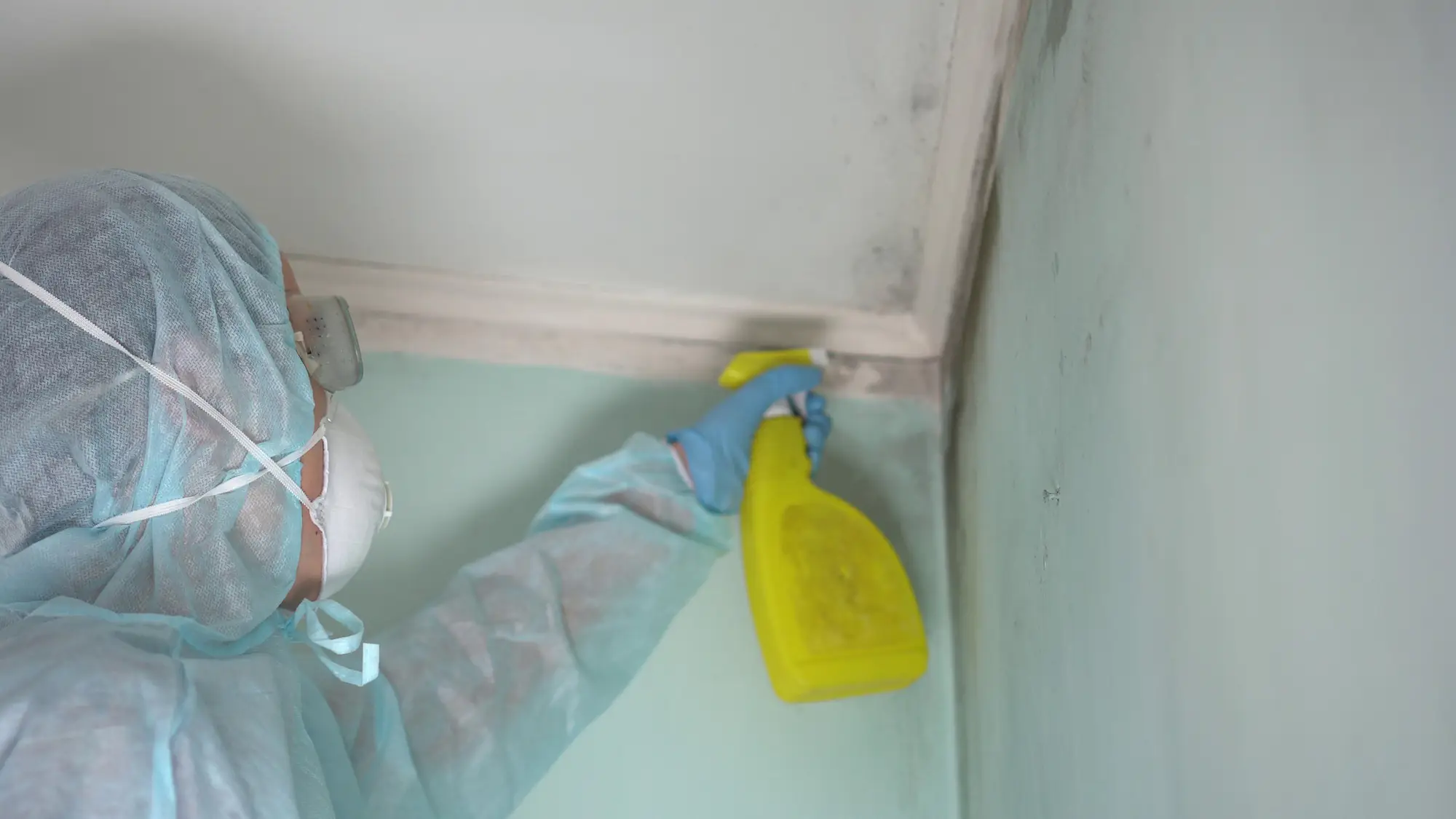
Ready to get started?
Our service includes everything you need to get your mold problem solved permanently. We start with free inspections using advanced moisture detection equipment and air sampling technology. You’ll get upfront pricing before any work begins—no surprises on your bill.
We handle insurance claims paperwork and work directly with your insurance company to make the process as smooth as possible. For families who need financing options, we offer flexible payment plans to make professional mold remediation affordable.
In Gallows Hill’s older homes, we often find mold in places like stone foundations, around original plumbing, and in poorly ventilated basements. We’ve developed specific techniques for these common local issues. After removal, we can handle any necessary repairs and restoration work, so you don’t need to coordinate with multiple contractors.
Our 24/7 emergency service means we’re available when you discover mold problems, because we know mold doesn’t wait for business hours to become a health concern.
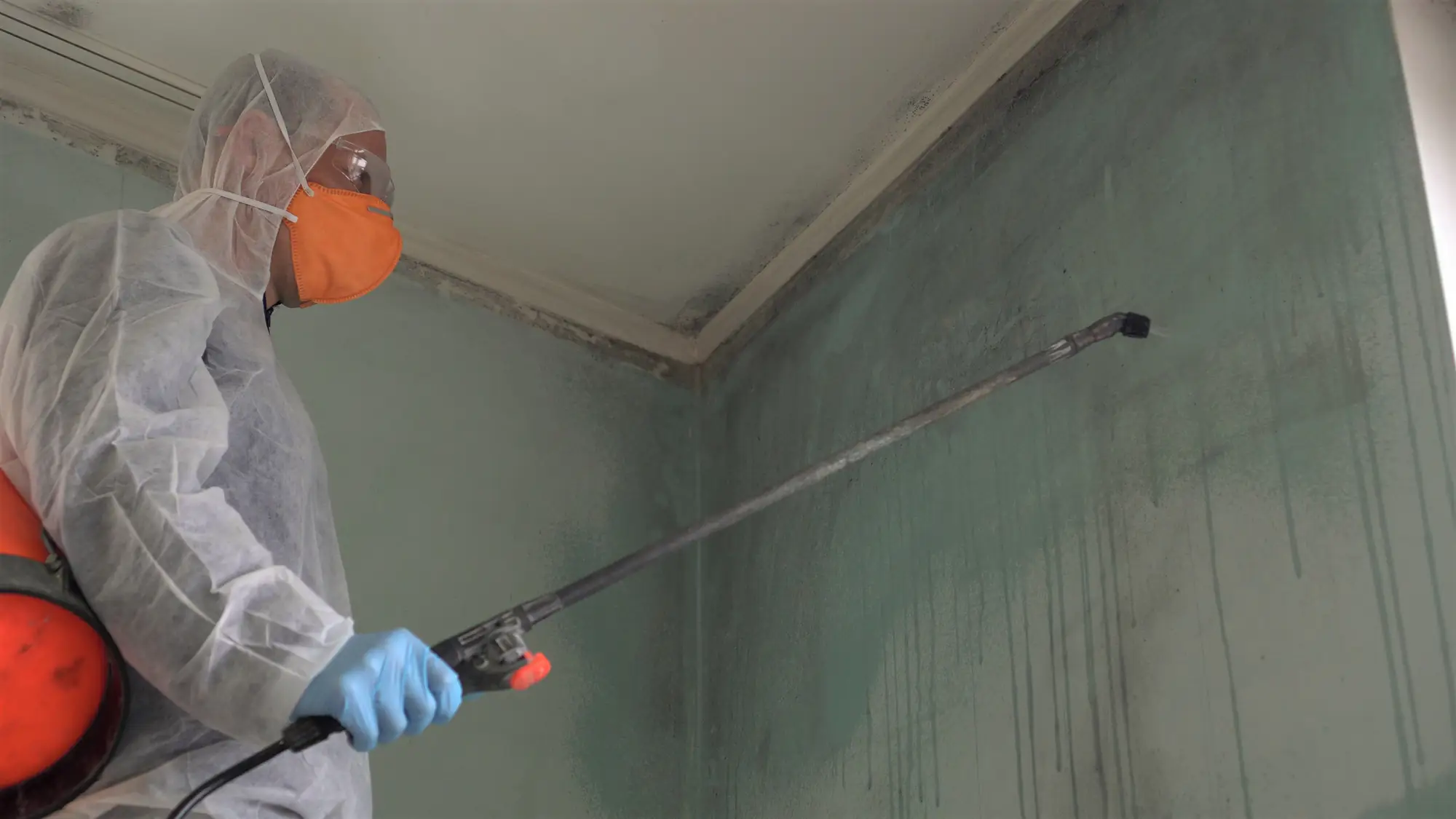
Most homeowners in our area spend between $1,100 and $3,200 for professional mold remediation, but the actual cost depends on several factors. The size of the affected area makes the biggest difference—a small bathroom corner might run $500-$1,500, while whole-house remediation can reach $10,000-$20,000.
The type of mold matters too. Black mold requires more protective equipment and specialized containment, which increases costs. Hidden mold behind walls or in HVAC systems needs extra tools and labor to access safely.
We provide free inspections and upfront pricing, so you’ll know exactly what you’re paying before we start work. We also work with insurance companies and offer financing options to make professional mold removal affordable for Gallows Hill families.
Most residential mold removal projects in Gallows Hill take 3-5 days from start to finish. Small jobs like a bathroom or single room can often be completed in 1-2 days. Larger projects involving multiple rooms or whole-house remediation typically take a week or more.
The timeline depends on the extent of the mold growth, how much material needs to be removed, and drying time for treated areas. We also need time for post-remediation air testing to verify the job is complete before you move back into treated areas.
During the process, we contain work areas so you can usually stay in unaffected parts of your home. For extensive projects, you might need temporary accommodations for a few days while we work in main living areas. We’ll discuss the timeline and any disruption during your free inspection.
Mold exposure affects people differently, but common symptoms include respiratory issues, persistent coughing, sneezing, and sinus congestion. Many Gallows Hill residents notice their allergies get worse at home, or they develop headaches and fatigue that improve when they leave the house.
Children, elderly family members, and people with asthma or compromised immune systems are most vulnerable. Some people experience skin irritation, watery eyes, and recurring sinus infections. The risk of developing asthma actually doubles in homes with mold problems.
Black mold can cause more serious health issues, including neurological symptoms in severe cases. If family members are experiencing unexplained respiratory problems or symptoms that seem to worsen at home, it’s worth having your air quality tested. Our free inspections can determine if mold is affecting your family’s health.
When done properly, professional mold remediation prevents mold from returning to the same areas. The key is addressing the moisture source that caused the original problem—not just cleaning up the visible mold.
We don’t consider a job complete until we’ve identified and fixed the underlying issue, whether it’s a leaky pipe, poor ventilation, or humidity problems. We also treat affected areas with antimicrobial solutions that continue working after we leave.
However, mold can develop in new areas if moisture problems arise elsewhere in your home. That’s why we provide guidance on preventing future mold growth, like maintaining proper humidity levels and addressing water leaks quickly. Most of our Gallows Hill customers never have mold return to treated areas when they follow our prevention recommendations.
Yes, we work directly with insurance companies to help Gallows Hill homeowners navigate the claims process. Most homeowners insurance policies cover mold remediation when it results from a covered event like a burst pipe, roof leak, or storm damage.
We document everything thoroughly, provide detailed reports for your insurance adjuster, and can work directly with your insurance company to streamline the process. We understand what documentation insurers need and how to present your claim for the best chance of coverage.
Insurance typically doesn’t cover mold that develops from long-term neglect or maintenance issues, but we’ll help you understand what’s covered under your specific policy. Even if insurance doesn’t cover the full cost, we offer financing options to make professional mold removal affordable. The important thing is addressing the health and safety issue quickly, regardless of insurance coverage.
The EPA recommends professional remediation for any mold problem larger than 10 square feet—about the size of a 3×3 area. If you can see mold covering more than that, or if it’s in your HVAC system, behind walls, or in crawl spaces, you need professional help.
You should also call professionals if anyone in your family has respiratory issues, asthma, or compromised immune systems. DIY methods can actually make the problem worse by spreading spores throughout your home if not contained properly.
In Gallows Hill’s older homes, what looks like a small surface problem often indicates much larger hidden mold growth. Our free inspections can determine the true extent of the problem and whether professional remediation is necessary. Even if the visible mold is small, we often find much more extensive growth behind walls or in areas homeowners can’t safely access.
Other Services we provide in Gallows Hill